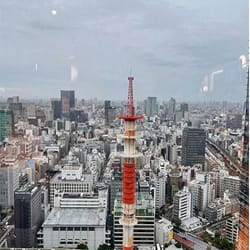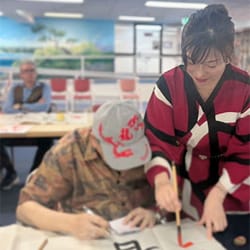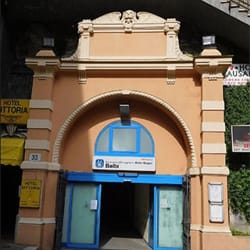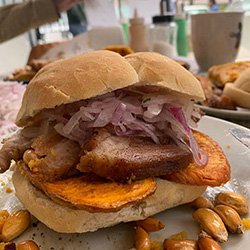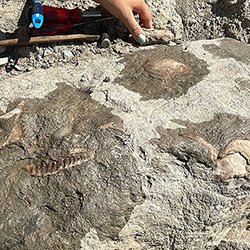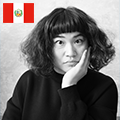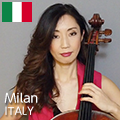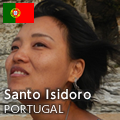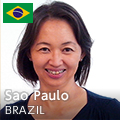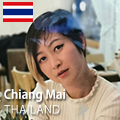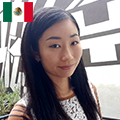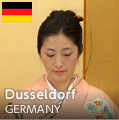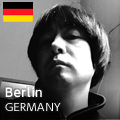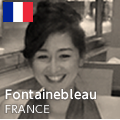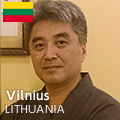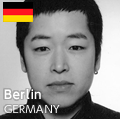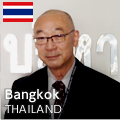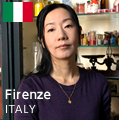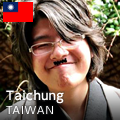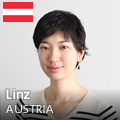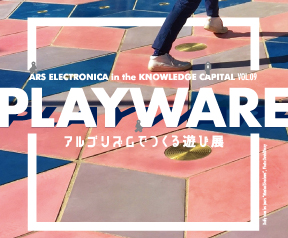
Photo 1
Photo 1 shows an article that appeared in the Sunday edition of Spain’s national newspaper ABC on August 15, 1943. Apparently, the Envoy himself always referred to his official residence as "my museum," which you can gather from the article. He began collecting in February, straight after he arrived in Madrid. Apparently, records show that he purchased 520 works in his first year, 320 works in the following year, 1942, and in the next year, 1943, 620 works. At the point in time that this newspaper article was published, the total number of Spanish artworks in the Legation was put at about 2,400, so there were probably a large number of works that were not officially recorded.

Photo 2
Envoy Suma did not just collect works of art, he also became a patron and supporter of artists, among them Manuel Vazquez Días (1882-1969), one of the most famous portrait painters in Spain at the time, with whom he developed a particularly deep friendship. One of his masterpieces is "Portrait of Yakichiro Suma," in Photo 2.

Photo 3

Photo 4

Photo 5
The year it was painted is 1941, so the work was painted shortly after the Envoy’s posting to Spain. The book with a blue cover on the lower right is a literary work by Suma. The title reads "Donde está el Japón” (“Where Japan Stands”). The original is thought to be "Where Japan Stands," the book in Photo 3, which was originally published in Japan one year previously. The Spanish language edition was published in 1942, so at the time this portrait was painted, it surely had not been published yet. Photo 4 shows the work that was published, with the portrait already completed the previous year, used for the front cover. Photo 5 shows the book’s back cover, the two men standing in the studio of the artist who painted the portrait.
Most of the Spanish artworks that Suma collected, including this portrait, were recorded in a catalog produced by Suma himself (“Catálogo de Colección Suma” [“Catalog of the Suma Collection”]), which puts the number of works collected at 1,760. However, on April 11, 1945, the Spanish government announced that it was breaking off diplomatic relations with Japan, and the Legation and Suma Museum in Madrid closed. Where did the enormous collection amassed by the Envoy in Spain go? Well, it's kind of a niche topic, following on from the first and second articles in this series, but I hope you join me for my next article.










